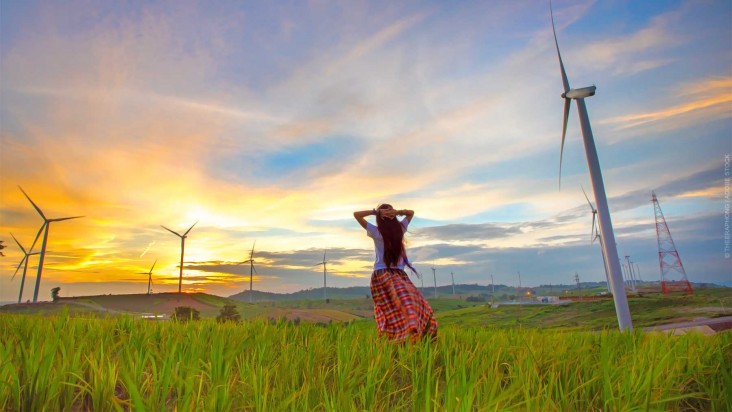Speeches Shim

Senegal explores relevant technical and financial requirements for in-house competitive bidding processes.
USAID supports partner countries to accelerate the clean energy transition by helping design and implement auctions that can rapidly scale clean energy at low prices and advance national economic and clean energy goals. USAID provides support for auctions through bilateral and regional energy programs and a variety of programs managed out of Washington, D.C.
USAID/Senegal, through its partnership with the National Association of Regulatory Commissioners (NARUC), brought together representatives from the state of Washington’s utility and transportation commission (UTC) and the State of New Jersey’s Board of Public Utilities for a workshop, “Analyzing Competitive Bids for Power Generation,” in Dakar, Senegal, April 16–18, 2019. The workshop focused on helping the Senegalese Energy Regulatory Commission (CRSE) identify relevant technical and financial requirements for in-house competitive bidding processes. Participants from the Ministry of Energy and Senelec also attended. USAID and auction experts provided presentations on competitive procurement, with a focus on global examples from nearly every continent.
International Experience with Implementing Clean Energy Auctions (PPTX 1MB)
Trainers presented on the importance of tailoring auction design to a country's policy goals, energy market, and institutional readiness. The presentation cites the successes and challenges faced by selected countries in the design and implementation of renewable auction programs.
Comparative Analysis of Competitive Procurement Mechanisms (PPTX 705K)
Trainers analyzed the advantages and disadvantages of procurement tools, including feed-in tariffs, negotiated procurement, and auctions. The presentation included international experiences with design elements related to project site selection, prequalification requirements, and financial guarantees and penalties.
Last updated: February 17, 2022



Comment
Make a general inquiry or suggest an improvement.